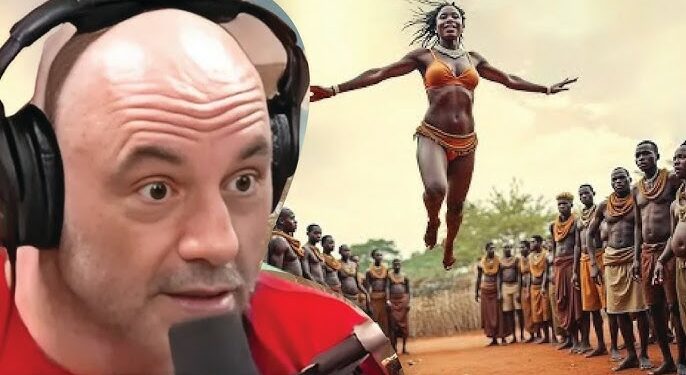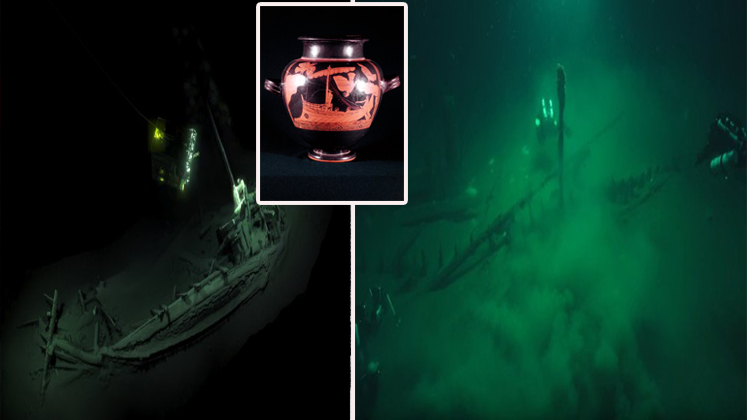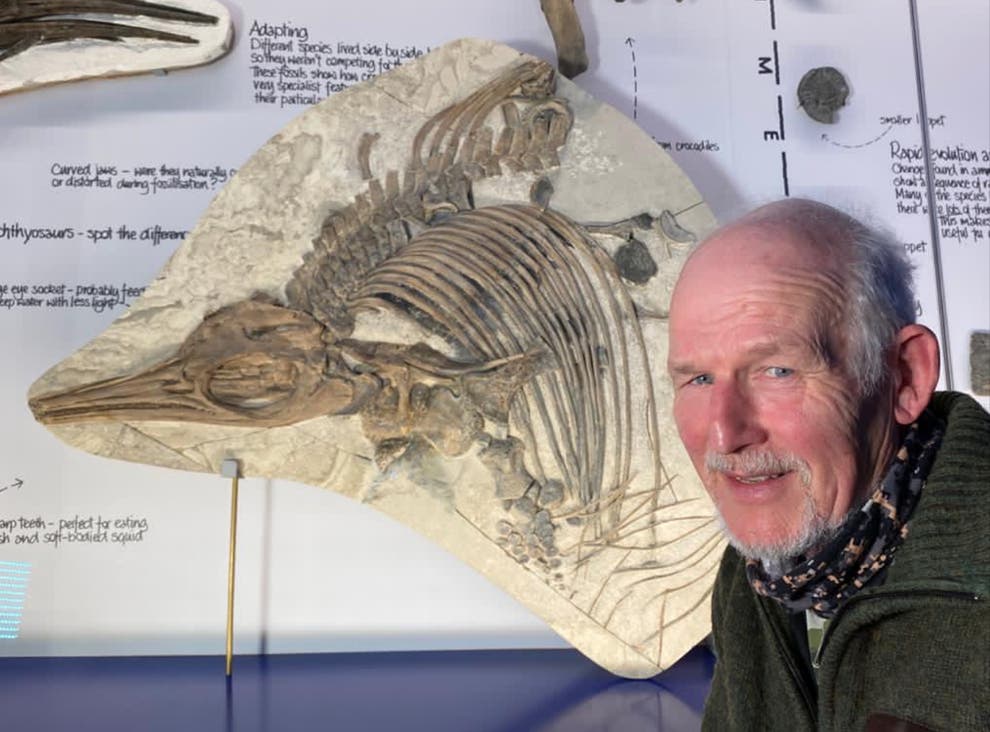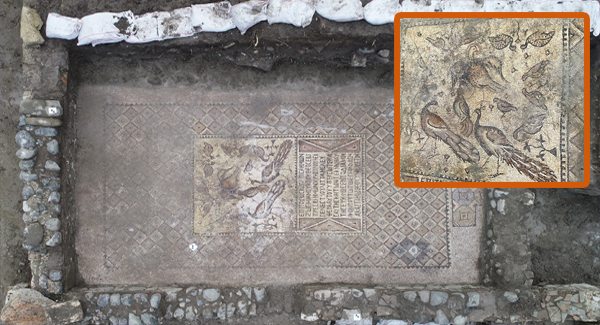Joe Rogan’s discussions on his podcast, The Joe Rogan Experience, have shed light on some of the world’s most isolated and fascinating tribes, whose unique lifestyles challenge modern understanding. From East Africa to the Amazon, Papua New Guinea, Siberia, the Congo, and a remote Indian Ocean island, these tribes showcase remarkable resilience, cultural depth, and survival strategies in the face of modern pressures.
Maasai Tribe: Guardians of Cattle
The Maasai, an iconic East African tribe in Kenya and Tanzania, are renowned for their vibrant culture and resilience. Originating from North Africa, they migrated south in the 15th century, acquiring cattle that became central to their identity. Despite losing nearly half their population and herds to drought and disease in the early 20th century, and being displaced by British settlers in 1911 to less fertile lands, the Maasai remain semi-nomadic, moving to find grazing land for their cattle. Cattle symbolize wealth and status, used as currency in marriages and forming the basis of their diet of milk, blood, and meat, which contributes to their notable physical strength and height. Their jumping dance, adamu, is a rite of passage for young men transitioning to warriors, showcasing strength through high leaps—often up to 3 feet without arm momentum. Joe Rogan has marveled at their primal physical prowess, which defies modern training methods, rooted in their deep connection to cattle and land.
Hadza Tribe: Masters of the Savanna
The Hadza, one of the last hunter-gatherer tribes, thrive in Tanzania’s savannas, relying on foraging, hunting, and gathering. Their profound knowledge of plants and animals allows them to adapt swiftly to their environment. Men hunt with bows and arrows, using strategy and patience, while women gather honey from beehives in towering trees, a dangerous yet vital task. The Hadza’s communal life around campfires strengthens bonds, but their way of life faces threats from agricultural encroachment, which has claimed 75–90% of their ancestral lands in the past 50 years. Their unique ability to locate honey by communicating with birds highlights their harmony with nature. Their robust health, despite no modern diets or gyms, intrigues scientists, who speculate about gut microbes aiding raw food digestion. Tourism offers income but risks commodifying their culture, creating a tension between preservation and adaptation.
Huaorani Tribe: Defenders of the Amazon
The Huaorani, a tribe of nearly 4,000 in Ecuador’s Amazon, speak a unique linguistic isolate and fiercely protect their rainforest home. Traditionally hunter-gatherers, they now live in permanent settlements due to logging, oil extraction, and agricultural expansion. This shift threatens their nomadic lifestyle and deep environmental connection. Choosing isolation, the Huaorani resist modern integration to preserve their traditions, facing constant pressure from outsiders encroaching on their territory. Their struggle reflects a broader fight to maintain indigenous identity against modern development.
Papua New Guinea Tribes: Rituals of Survival
Papua New Guinea hosts over 900 tribes, including some in West Papua known for ritualistic cannibalism. These practices, often misunderstood, honor the deceased, preventing their bodies from decaying naturally, and are believed to ward off evil spirits after conflicts. Cannibalism is reserved for specific rituals, not daily practice, mitigating health risks like Kuru, as noted on The Joe Rogan Experience. Despite independence in 1975, these tribes face deforestation and industrial encroachment, threatening their diverse languages and customs. Their commitment to ancestral traditions amidst modernization underscores their resilience.
Chukchi Tribe: Conquerors of Siberia
The Chukchi, living in Siberia’s harsh Arctic climate, have thrived for centuries through hunting, particularly reindeer, which provide food, clothing, and shelter. In the 1700s, they repelled Russian campaigns for 40 years, showcasing their tenacity. Their spiritual beliefs, including a journey to the Polar Star after death, guide their practices, such as placing items with the deceased for the afterlife. Their art and rituals reflect a deep environmental connection. Modern efforts aim to preserve their heritage against encroaching global influences, highlighting their enduring spirit.
Pygmies of the Congo: Forest Navigators
The Pygmies, including the Mbuti of Congo’s Ituri Forest, are skilled hunters and gatherers despite their small stature (rarely exceeding 5 feet). Their size aids navigation in dense forests, where they hunt large animals with self-crafted tools. Historically, they faced violent attacks from cannibalistic tribes, and today, approximately 900,000 live across the Congo Basin. Their way of life is threatened by modern settlements and political instability. Explorer Forrest Galante documented their resilience, noting risks of extinction due to ongoing violence. Their story blends tragedy with remarkable adaptability.
Sentinelese: The Uncontacted Islanders
The Sentinelese of North Sentinel Island, part of India’s Andaman chain, are among the world’s most isolated tribes. Living on an island the size of Manhattan, they fiercely reject contact, attacking intruders with spears and arrows. In 2006, two fishermen were killed after drifting too close, and in 2018, missionary John Allen Chau was killed attempting contact, risking disease transmission. The Sentinelese hunt, gather, and fish using narrow outrigger canoes, living in communal huts or temporary shelters. Their use of salvaged metal for arrow tips shows adaptation, not a static “Stone Age” existence. British colonial attempts in the 1800s led to sickness and death, fueling their hostility. India now enforces a buffer zone to protect their isolation, respecting their choice to remain uncontacted.
These tribes, from the Maasai’s cattle-centric culture to the Sentinelese’s fierce isolation, reveal humanity’s diverse survival strategies. Facing modern pressures, their resilience and traditions challenge our understanding of progress and preservation.






















